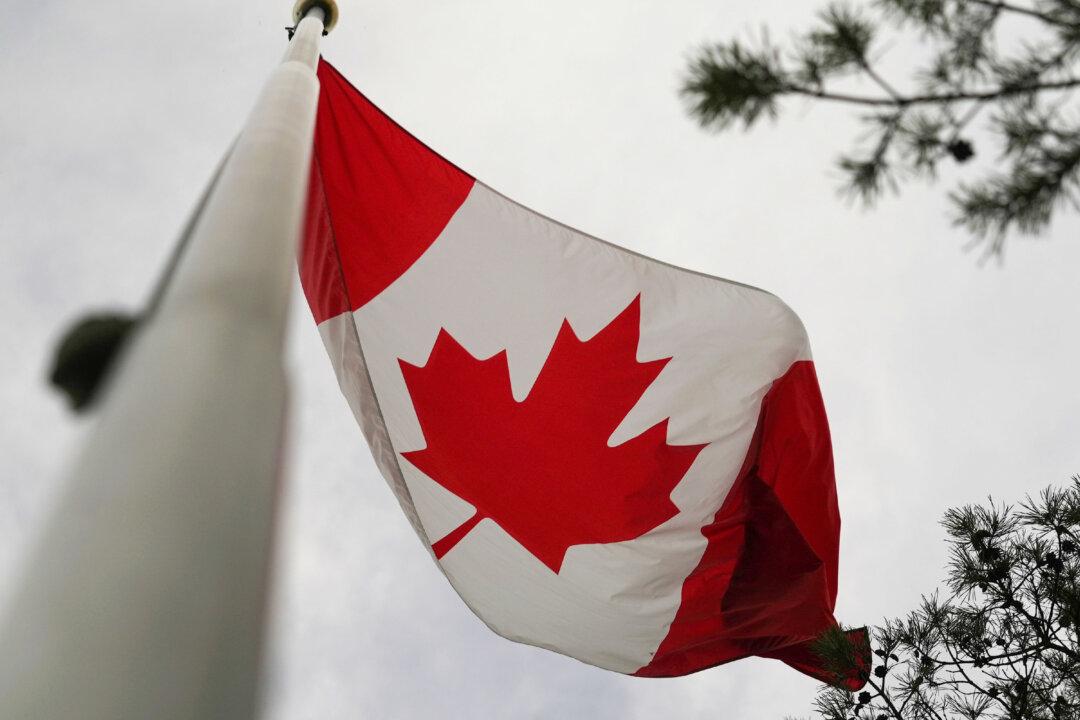Ottawa is taking its “first steps” to ramp up its Arctic defence with the purchase of up to 12 conventionally powered, under-ice capable submarines, the federal government has announced.
Canada has begun the process of meeting with manufacturers in its bid to acquire a larger, more modernized submarine fleet, the defence ministry said July 10 from the NATO Summit in Washington, D.C.
The announcement comes amid pressure for Canada to increase its military spending to meet the alliance’s expenditure target of 2 percent of GDP.
The Ministry of Defence has not confirmed how much Canada plans to spend to upgrade its fleet.
The Epoch Times contacted the ministry for comment on the acquisition but did not receive a response prior to publication.
The procurement, which is part of the Canadian Patrol Submarine Project (CPSP), aims to enable the Royal Canadian Navy to “covertly detect and deter maritime threats, control our maritime approaches, project power and striking capability further from our shores, and project a persistent deterrent on all three coasts,” Mr. Blair said.
The Department of National Defence will post a formal Request for Information (RFI) this fall to gain additional information on the acquisition, construction, delivery, and operational capabilities of potential bidders who can build submarines for Canada, the minister said.
“This RFI will also seek to gain information which will enable the establishment of a submarine sustainment capability in Canada,” Mr. Blair added.
“This procurement will enable Canada to develop closer ties with its allies and partners and establish a strategic partnership that not only delivers the submarines themselves, but creates a durable relationship between Canada and its strategic partner(s) to support personnel training and the sharing of information.”
Canada has yet to say which countries it hopes to work with to acquire the submarines.
Heading Toward 2 Percent: Blair
The Liberal government’s defence policy review, released in April, places new focus on better protecting Canadian sovereignty in the North. The plan included billions of dollars in new spending, but did not specifically address the need to reach NATO’s spending target of 2 percent of GDP in any detail.The plan included the procurement of new submarines, long-range missiles and early-warning aircraft, and boosting military spending to 1.76 percent by 2030.
Mr. Blair says the newly-announced submarine plans will “inevitably” push Canada’s spending up over the 2 percent NATO guideline.
The defence department says its focus is on obtaining submarines with an extended range and endurance. They must also be capable of “stealth, lethality, persistence and Arctic deployability,” according to the media statement.
“Canada’s new fleet will need to provide a unique combination of these requirements to ensure that Canada can detect, track, deter and, if necessary, defeat adversaries in all three of Canada’s oceans while contributing meaningfully alongside allies and enabling the Government of Canada to deploy this fleet abroad in support of our partners and allies.”
Canada’s current fleet of four submarines was purchased second-hand from the British in the 1990s.







